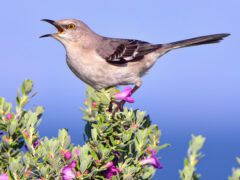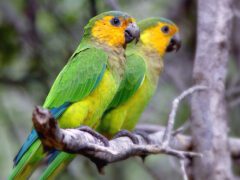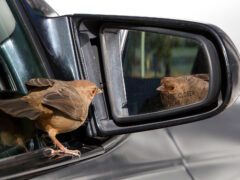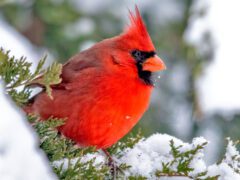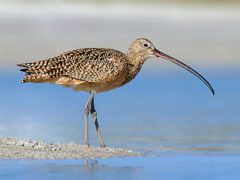Identification
Powered by Merlin
Well-named, the common roadside hawk in tropical lowlands of East Mexico and Central and South America. Often seen on wires, phone poles, posts out in fields. Adult has staring pale eyes, streaked breast contrasting with barred belly. Immature streaked below, much like many other immature hawks, but its tail has broad and fairly even bands. Flies with rather quick, stiff wingbeats, recalling a Red-shouldered Hawk or an Accipiter; noisy flight display mainly in late winter-spring.
Relative Size
Larger than a Bat Falcon and smaller than a Laughing Falcon.


Measurements
- Both Sexes
- Length: 13.0-16.1 in (33-41 cm)
- Weight: 7.6-18.2 oz (215-515 g)
Regional Differences
Ornithologists recognize three Roadside Hawk subspecies groups: the “Northern” group, found from Mexico to the southern Amazon; the “Southern” group, ranging from northeastern Brazil to Bolivia, Paraguay, and northern Argentina; and the “Cozumel Island” group, restricted to Cozumel and Holbox islands off Mexico’s Yucatan coast. Adult plumage varies significantly between these groups, and also somewhat within groups. In some “Northern” populations, adult has a light gray head and breast, rufous-and-white barring on the lower underparts, and gray upperparts. Some “Northern” populations, though, are browner, with coarse streaking or smudging on the breast. In many “Southern” populations, adult has brown upperparts, a dark brown to blackish head, and rusty underparts (lightly streaked to finely barred below). In other “Southern” populations, adult has a grayish head and lighter brown upperparts. Adult “Cozumel Island” has brown upperparts, a brown head, brown streaking on a white breast, and rusty barring below.



























